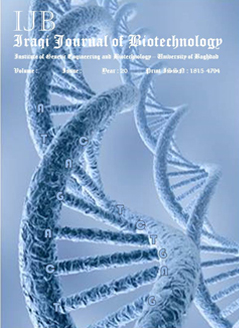Plasma IL-10 Concentration and Its Role in the Pathogenesis of Acute Myeloid Leukemia: a Prospective Study
Abstract
Many suggestions support that cytokines have pathogenesis role of acute myeloid leukemia (AML) patients and that may be related with disease progression and patient survival. But their prognostic significance in this disease is unknown. The study aimed to estimate the plasma level of IL-10 before and after treatment in patients with AML. Plasma concentrations of IL-10 were estimated in 26 newly diagnosed patients with AML and follow up 19 of them after treatments, 7 patients were died after induction, matched 16 individuals' healthy donors. IL-10 levels were estimated using the enzyme‑linked immunosorbent assay (ELISA) technique. Patients were divided into two groups: 26 before treatment and 19 after treatment. The results showed that plasma concentrations of IL-10 were significantly higher in AML patients compared to control group. Moreover, plasma concentrations of IL-10 were significantly associated with non-responding (NR) AML patient after treatment compare to complete remission (CR). While it observed non-significantly before treatment. The study demonstrated that AML NR patients have increased plasma concentrations of IL‑10 after induction, suggesting that this cytokine is involved in the pathophysiological process of the disease and may be associated with poor prognosis of clinical outcomes.


